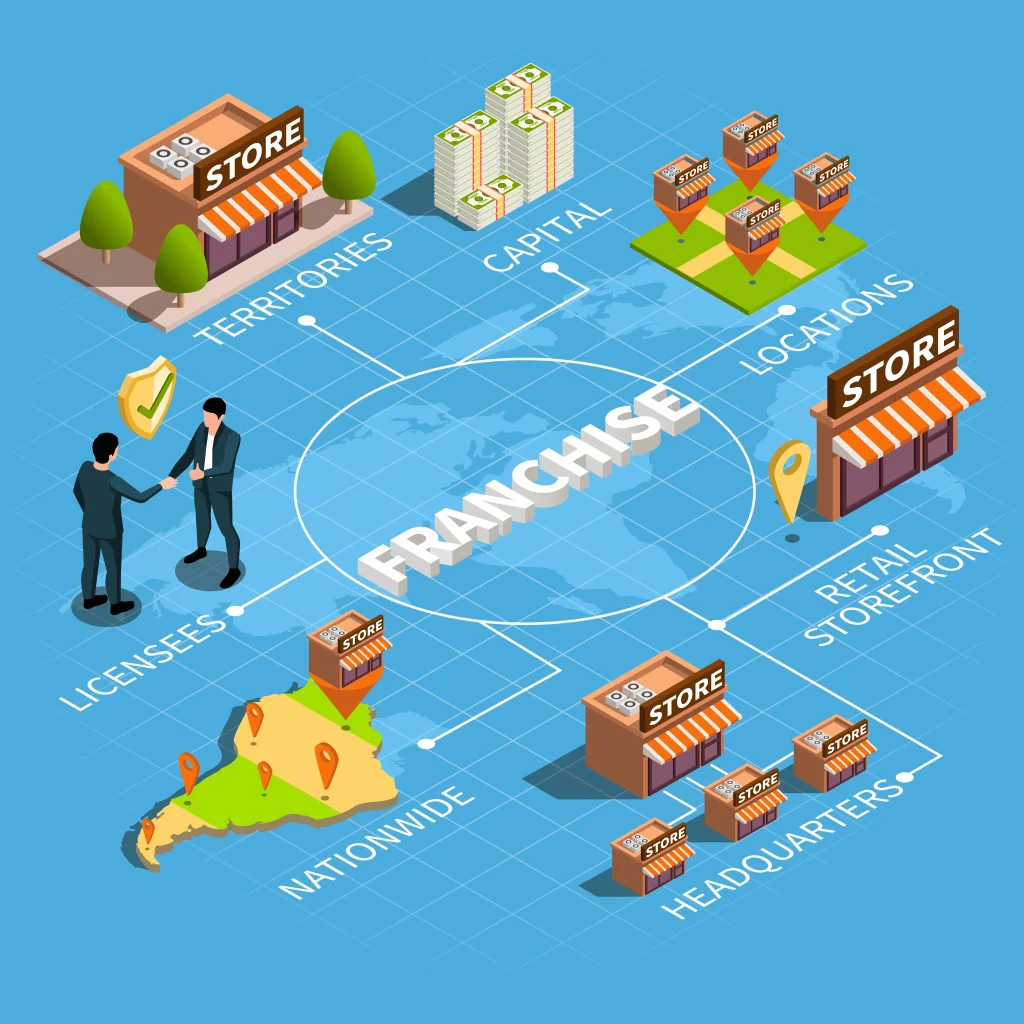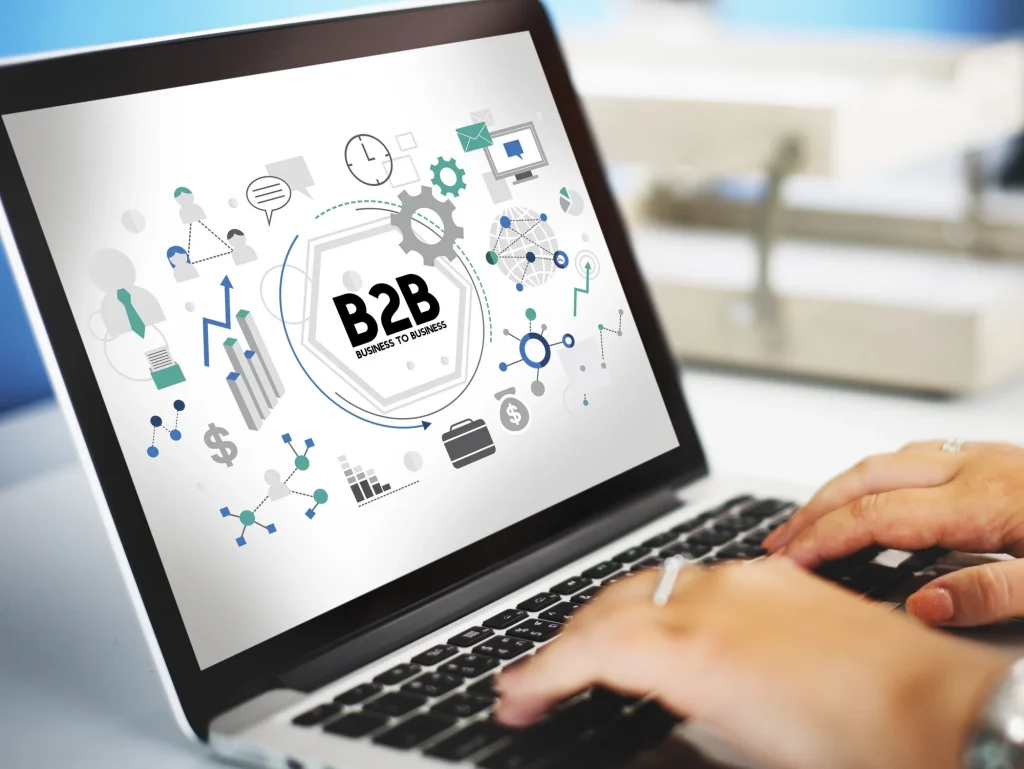In today’s competitive landscape, selecting the right business model is crucial for long-term success. Whether you’re an entrepreneur launching a startup or an executive refining a corporate strategy, understanding different business models helps in making informed decisions. In this article, I will break down the most common business models, their advantages, and how you can choose the best one for your business.
What is a Business Model?
A business model defines how a company creates, delivers, and captures value. It explains the way a business operates, makes money, and sustains itself in the market.
A well-structured business model answers key questions such as:
- Who is the target audience?
- What value does the business provide?
- How does the business generate revenue?
- What are the costs involved?
Now, let’s explore different business models and their practical applications.
1. Subscription-Based Business Model
How it Works: Customers pay a recurring fee (monthly, quarterly, or annually) to access a product or service.
Examples:
- Netflix & Spotify (entertainment streaming)
- Adobe Creative Cloud (software-as-a-service)
- Amazon Prime (membership-based e-commerce)
Advantages:
✔ Predictable and consistent revenue
✔ Strong customer loyalty and retention
✔ Opportunity to upsell premium features
Challenges:
❌ High customer acquisition costs
❌ Requires continuous content or service updates
✅ Best for: SaaS, content streaming, membership programs, and exclusive communities.
2. Freemium Business Model
How it Works: The company offers a basic version of its product/service for free while charging for premium features.
Examples:
- Zoom & Dropbox (cloud services)
- LinkedIn & Spotify (social networking & streaming)
- Canva (design tools)
Advantages:
✔ Attracts a large number of users quickly
✔ Lowers barriers to entry
✔ Converts free users into paying customers
Challenges:
❌ Monetization can be difficult if too many users remain on the free plan
❌ Requires ongoing innovation to keep users engaged
✅ Best for: Software companies, mobile apps, and digital services.
3. Marketplace Business Model
How it Works: A platform connects buyers and sellers, earning revenue through commissions, listing fees, or transaction charges.
Examples:
- Amazon & eBay (e-commerce marketplaces)
- Uber & Airbnb (on-demand services)
- Fiverr & Upwork (freelancer platforms)
Advantages:
✔ Scalable with minimal inventory costs
✔ Wide market reach
✔ Multiple revenue streams (advertising, commissions, memberships)
Challenges:
❌ Requires a strong initial user base
❌ Managing quality control and trust issues between users
✅ Best for: E-commerce platforms, gig economy services, and peer-to-peer marketplaces.
4. Direct-to-Consumer (DTC) Business Model
How it Works: A company sells products directly to customers, eliminating intermediaries like wholesalers or retailers.
Examples:
- Tesla (automobiles)
- Nike & Warby Parker (fashion & eyewear)
- Dollar Shave Club (subscription-based consumer goods)
Advantages:
✔ Higher profit margins by cutting out middlemen
✔ Direct customer relationships & data ownership
✔ More control over branding and marketing
Challenges:
❌ High marketing and distribution costs
❌ Requires robust logistics and customer support
✅ Best for: Brands looking to control their customer experience and pricing.

5. Franchise Business Model
How it Works: A company licenses its business operations, brand, and products to third-party operators (franchisees).
Examples:
- McDonald’s & KFC (fast food)
- Starbucks (coffee)
- 7-Eleven (convenience stores)
Advantages:
✔ Rapid business expansion with lower capital investment
✔ Leverages franchisees’ local expertise
✔ Generates passive income from franchise fees
Challenges:
❌ Quality control across different locations
❌ Dependence on franchisees for brand reputation
✅ Best for: Established businesses looking for scalable growth.

6. Affiliate Business Model
How it Works: Businesses reward affiliates (marketers, bloggers, influencers) for driving traffic or sales through referral links.
Examples:
- Amazon Associates (e-commerce affiliate marketing)
- ClickBank & CJ Affiliate (digital product promotions)
- YouTube & Instagram Influencers (social media monetization)
Advantages:
✔ Low startup costs
✔ Performance-based revenue (you only pay for results)
✔ Expands brand reach through influencers and content creators
Challenges:
❌ Reliance on third-party affiliates
❌ Risk of low-quality or misleading promotions damaging brand reputation
✅ Best for: E-commerce brands, digital products, and online education platforms.
7. On-Demand Business Model
How it Works: Customers request a product or service instantly through a digital platform.
Examples:
- Uber & Lyft (transportation)
- DoorDash & UberEats (food delivery)
- Fiverr & TaskRabbit (freelance & handyman services)
Advantages:
✔ High convenience for customers
✔ Flexible pricing strategies
✔ Scalable with technological advancements
Challenges:
❌ Requires heavy investment in technology
❌ Demand fluctuations can affect profitability
✅ Best for: Service-based industries and tech-driven startups.
8. Business-to-Business (B2B) Business Model
How it Works: A company sells products or services to other businesses instead of individual consumers.
Examples:
- Salesforce & HubSpot (CRM & marketing software)
- Alibaba & Shopify (wholesale & e-commerce solutions)
- IBM & Microsoft (enterprise technology & cloud services)
Advantages:
✔ Higher-value transactions compared to B2C models
✔ Long-term customer relationships and contracts
✔ More predictable revenue streams
Challenges:
❌ Longer sales cycles due to decision-making processes in businesses
❌ Requires strong relationship management and lead generation strategies
✅ Best for: SaaS companies, wholesale suppliers, professional service providers, and manufacturers.

How to Choose the Right Business Model?
Selecting the ideal business model depends on several factors, including:
🔹 Industry Trends: Is your market shifting towards digital solutions?
🔹 Target Audience: Do your customers prefer subscriptions, one-time purchases, or pay-per-use?
🔹 Revenue Strategy: Are you looking for long-term recurring income or quick transactions?
🔹 Scalability: Can the model expand without high operational costs?
Final Thoughts
A well-structured business model can determine whether your company thrives or struggles in a competitive market. By understanding different models, you can select the one that aligns best with your goals, industry, and customer needs.
If you’re planning to launch or optimize a business, make sure to analyze your options carefully and adapt as needed. Remember, the most successful companies evolve their business models over time to stay relevant and profitable.
